Is learning to sew easy or hard? If you are interested in learning to sew but nervous it is too difficult, this post is for you!
I’ll give you a spoiler, sewing does NOT have to be impossibly hard! Let me explain why I think sewing is easy and fun, and what some of the benefits are.
This post may contain affiliate links. Read the full disclosure here.
Is learning to sew easy?
The question “is learning to sew easy?” is a nuanced one.
Learning to sew is not easy, but it is achievable! Like any new skill learning to sew takes time, practice, and discipline. There are simple sewing techniques that are easy and quick to learn. But there are also advanced techniques that have pre-requisite skills you must master before attempting.

For example, a popular starter project many beginners try is sewing a pillowcase. As far as complicated sewing patterns go, pillow cases are very easy! They have straight lines, and a simple folded hem.
But learning to sew boning into the bodice of a fitted gown on the other hand, takes a lot of time to perfect.
How easy or hard sewing is, really depends on how easy or hard you WANT it to be!
After mastering the very basics, you can choose to only use sewing patterns that are good for beginners. Or, if you fall in love with the artistry of sewing, you can dive into projects and techniques that will be challenging and exciting.

In addition, there are different types of sewing that each have their own learning curves. Learning to use a serger, or learning to sew by hand for example.
Related: Is Using A Serger Hard?
How long does it take to learn how to sew?
Learning the preliminary skills of sewing should only take a few weeks. If you practice regularly, you can quickly become familiar with the parts of your sewing machine, learn to make basic stitches, and master the other beginning sewing skills you will need to complete easy projects.
But the real answer is: learning to sew can take a lifetime!
I have been sewing for about 20 years. (Since I was 6, yes it is true!)
You would think that I have learned it ALL by now, but the truth is, even someone who sews every single day for many years is always learning new things!
There is always a new stitch to learn, a new way to hem your skirt, draft your sleeve or mend a broken seam.
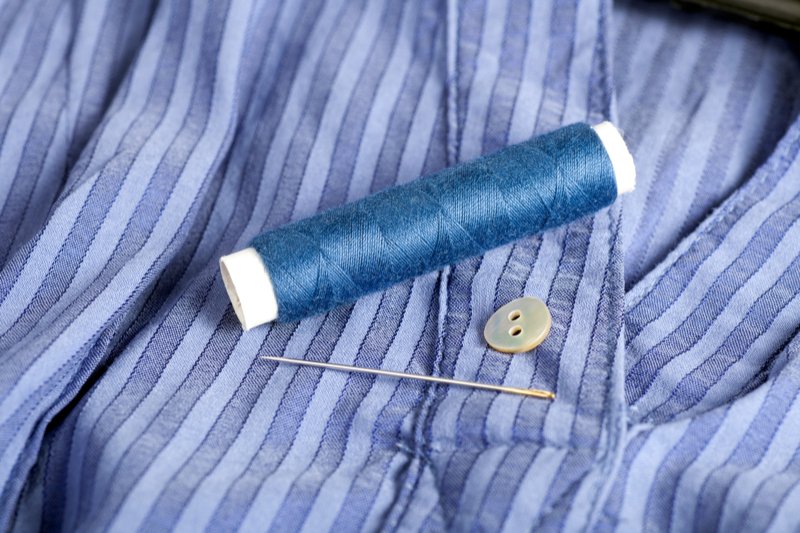
All in all, the more you learn to sew, the more you will realize that you will always have more to learn! And to me, that is a great great thing!
What Makes Sewing Difficult?
Even though sewing is a totally learnable skill, there are some things about it that might be intimidating at first.
Here are just a few examples of things that can be difficult about sewing (or at least they are at first, until you master them!)
1. Using a foot pedal
Using the foot pedal of a sewing machine is somewhat like using the gas pedal in a car. You have to learn how to keep a consistent pressure and speed.
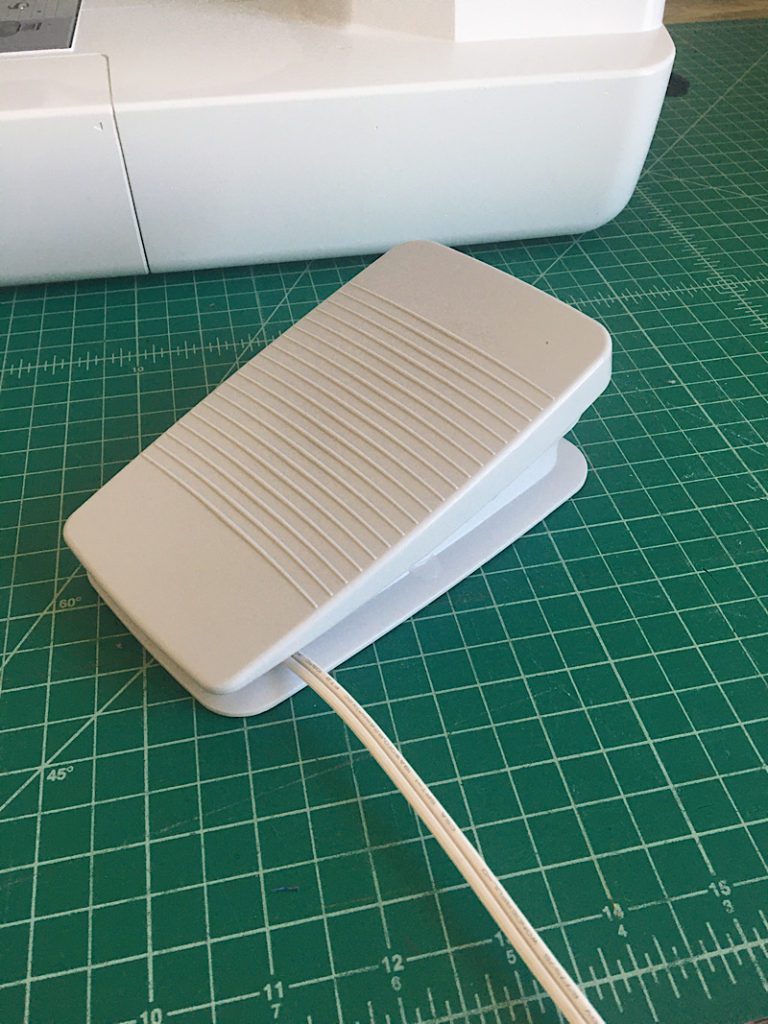
You also want to ease into it when you start a seam to make sure your stitches stay straight.
Coordinating your foot pressure with the curves, pivots, and ends of your sewing work is tricky at first but gets easier with lots of practice!
2. Sewing Straight Lines
Keeping your lines straight is one of the most difficult parts of sewing, even for pros!
For me, the faster I sew, the straighter my lines are, but sewing at high speeds brings about its own difficulties!
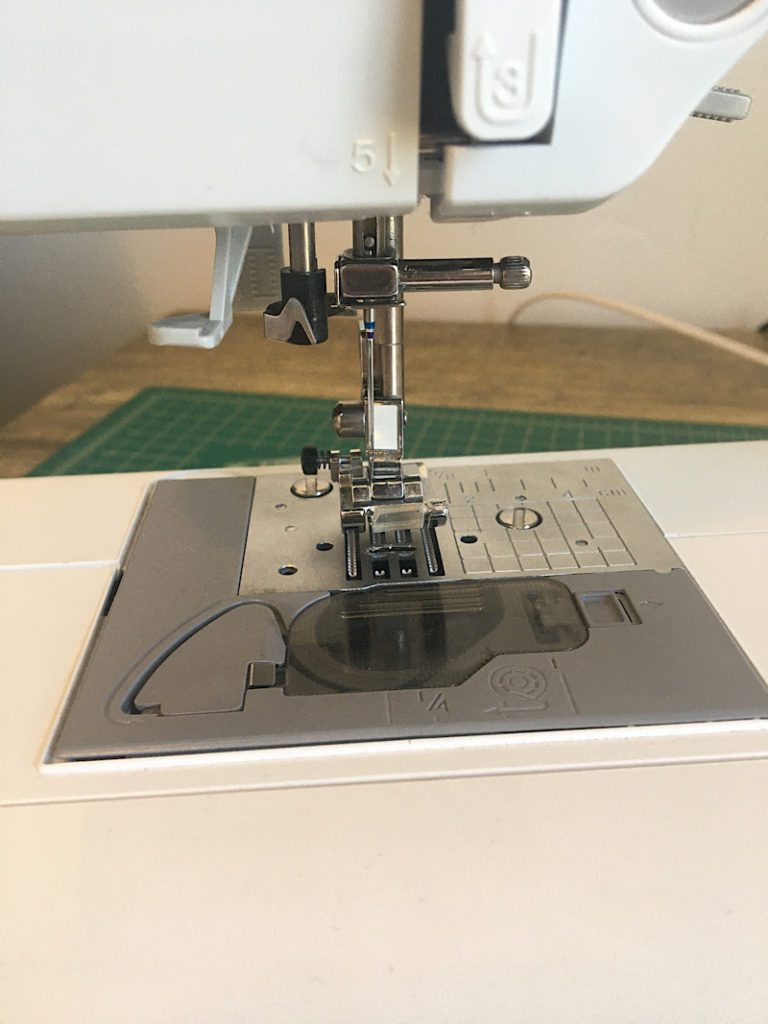
There are handy guides on most sewing machines that help you measure your seam allowances to keep your lines straight and even.
Practice moving your fabric and keeping steady hands will help you make straight stitches!
3. Making Hems
Learning to make hems is very important to almost every project, but it involves not only sewing straight (and often curved) lines, but also pressing, folding, pinning, perhaps overcasting, and more.
Hemming your work gives it a professional finish that won’t fray. Based on the type of hem you use, the style and look really changes.
You can learn to make a simple hem by folding over the edge and pressing it, then folding it over again and pressing it or pinning it before sewing.
Is it worth learning to sew?
Learning to sew is absolutely worth it. Besides just being enjoyable, sewing has many benefits you might not have considered. Sewing can save you money, teach you to recycle and mend, equip you with a marketable skill, and serve as a creative outlet.
In fact, learning to sew is so worth it, I even took my sewing machine with me to college!
Once you learn to sew, many doors open up to you! Here are just a few:
You can fix your own things
You suddenly are able to fix or hem your own jeans. Or patch a hole in your backpack, or hem your too-long-shower curtain.
You might become the one your friends call to fix their stuff, too. Its really fun to be known as the “neighborhood sewer.”
Mending your own clothing saves money and helps you to keep you from having to buy new!
You can sew decor and gifts
You can make your own gifts and home decorations. Imagine being able to sew unique Christmas decorations that no one else has. You could sew special birthday gifts for your loved ones.

I still have a quilt my grandmother sewed for me, and now I sew play-dresses and doll clothes for my own daughters. Homemade gifts are personal and cherished for years to come.
You can transform your wardrobe
Sewing means you can have any kind of wardrobe you want. I personally love to go thrifting, then bring my finds back home and alter them to fit me better.
This also saves me money. Upcycling is addicting!
You become more marketable
Lastly, sewing can become a very marketable skill. Increase your skills, and not only can you take on a professional sewing job, you can be your own boss and sew or tailor for clients out of your own home. (I do this! It is a great side hustle, especially for moms who want to stay at home with their kids!)
Sewing, like a lot of hobbies, can be as cheap or as expensive as you make it. I tend to upcycle a lot, utilizing used materials like my old bed sheets or clothing to make new items. But you also have the option to buy brand new beautiful fabric.

Trust me though, once you learn how to sew, stepping into a fabric store can be so tempting!
Where can you learn to sew?
There are several ways you can learn to sew. You can teach yourself with sewing books and videos on YouTube, take an online sewing course, or participate in an in-person sewing class from your community or university.
(Learn 5 different ways and places to find a sewing class near you.)
Learning to sew with a teacher can be useful because you have instant feedback and advice from someone who knows how to fix whatever problem you have.
However, sewing is also a great DIY activity and there has never been more resources at your disposal.
You don’t need very fancy tools to learn to sew. At the very least, you need a sewing machine, thread, scissors, and maybe a simple yard of fabric. Then you just have to take time to experiment!
In conclusion, I hope this post has inspired you to take the leap and learn to sew. Sewing is a very beneficial talent to have. It is also really fun!
Sewing doesn’t have to be hard. Don’t be afraid about all the mistakes you might make– because you will! Even those of us who have been sewing for years frequently make mistakes.
Unpicking your seams is an important part of learning to sew. Trial and error are great teachers, and practice makes perfect!



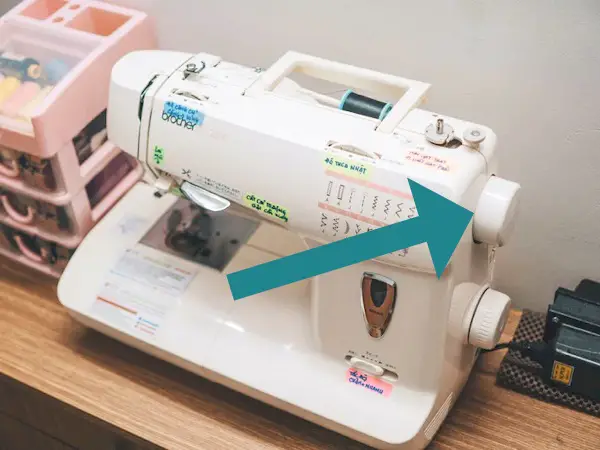
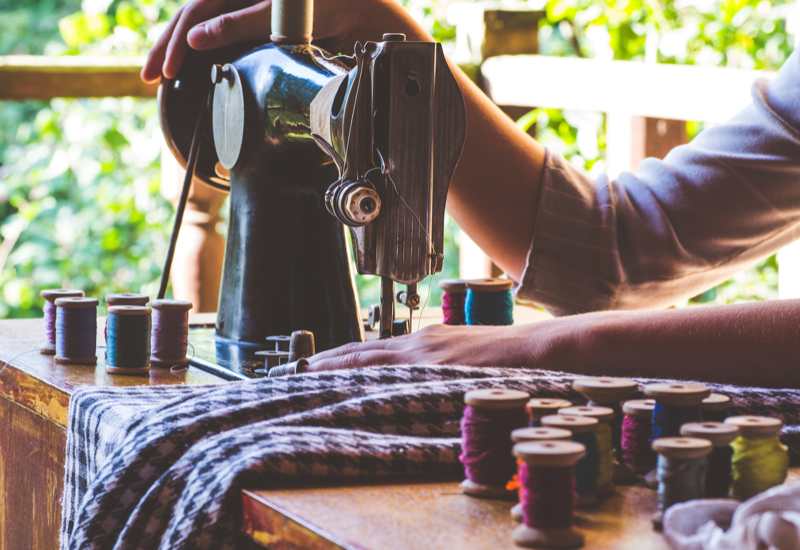

I’m tryng to get started and create my own. Any help would be greatly appreciated!
I hope this was helpful for you!
I’ll be bookmarking it!
Awesome thanks for visiting!